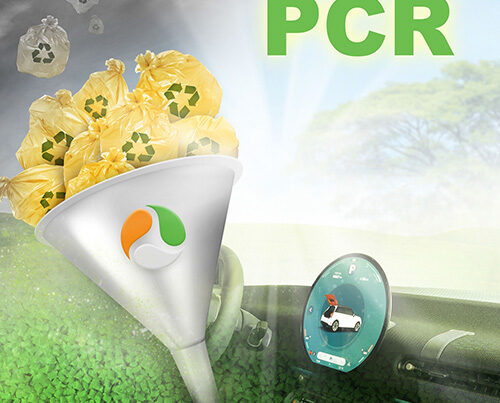There are currently numerous different labels on the packaging market that are supposed to provide information about the recyclability and recyclate content of packaging. However, the number of different labels has caused one thing in particular: confusion and uncertainty among consumers. EKO-PUNKT is therefore in favour of the introduction of uniform standards and is dispensing with its own recycling labels with immediate effect.
“We would like to set a good example,” comments Stefan Munz, Head of Innovation and Sustainability at EKO-PUNKT, on the decision to only offer the use of the “Excellent for Recycling” and “Excellent Sustainability” seals on business stationery and for online use, but no longer for printing on packaging. This is because the number of recycling and sustainability seals on packaging has risen sharply in recent years. Some product distributors work with self-developed seals, others use labels from independent packaging testers or licensors, while others do not use any information on the recyclability or recyclate content of packaging at all. “There is currently no clear regulation regarding the labelling of packaging in terms of its recyclability. Everyone does what they want,” explains recycling expert Munz. “This leads to a great lack of orientation for consumers, who no longer know whether packaging is recyclable or how it should be disposed of. That’s why we want politicians to finally introduce standardised, mandatory labelling that applies to everyone and gives consumers more certainty again. Recycling rates will also benefit from this.” For good reason, the governing parties have already agreed in the 2021 coalition agreement to introduce a recycling label at national level.

Stefan Munz, Head of Innovation and Sustainability at EKO-PUNKT
Hope for a standardised EU-wide regulation soon with Germany’s approval
However, the issue of packaging labelling is also part of the discussions surrounding the Packaging and Packaging Waste Regulation (PPWR) at EU level. The first informal round of negotiations on the final form of the PPWR took place at the beginning of February, and on 4 March representatives of the European Parliament, the Council of the European Union and the European Commission agreed on a final draft. According to a passage in the draft, economic operators “shall not provide or display labels, marks, symbols or inscriptions that could mislead or confuse consumers or other end-users with regard to the sustainability requirements for packaging […].” For the regulation to actually come into force, the Council and Parliament of the European Union still have to approve the draft in a final vote scheduled for April. “We very much hope that this will happen. However, we currently see a risk that the PPWR could still fail in the final metres due to political agreements between Germany and Italy,” explains Munz. “Blocking the PPWR is not in the interests of the entire German recycling industry. After all, the Packaging Ordinance is an important basis for the circular recycling economy, resource conservation and climate protection. The PPWR must therefore not be allowed to become a political pawn,” Munz continued.
New uniform labelling requirement – the end of the Green Dot?
More than 30 years ago, the Green Dot [German: Der Grüne Punkt] was the first label to come onto the market. However, the labelling obligation for packaging has no longer existed since 2009. It dates back to times long gone when there was still a disposal monopoly for sales packaging in Germany. This was dissolved in 2003 and the market was opened up to competition. There are now ten dual systems in Germany, of which EKO-PUNKT is one. However, many consumers still regard the Green Dot as a seal of quality for the recyclability of packaging due to its long-standing monopoly position. If it is missing on the packaging, quite a few consumers assume that the packaging is not recyclable or does not belong in the yellow bin or yellow bag in the first place. “That’s totally wrong, of course,” says EKO-PUNKT manager Munz. “Just recently, we received a letter from an unsettled citizen whose property management company wrongly assumed exactly that. This shows how urgent uniform labelling is. Because the Green Dot can be misleading. With considerable consequences for our recycling rates if tonnes of packaging are disposed of incorrectly. And that’s exactly what we need to avoid.”
Image credits: image 1: Yellow Images, 18312, creator: Mykola Petrov, Serhii Petrov, Vadim Petrov; image 2: © REMONDIS












